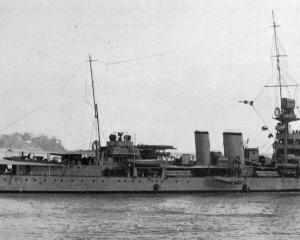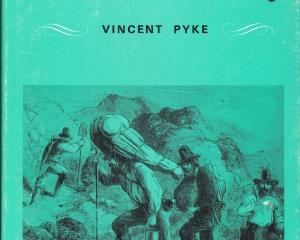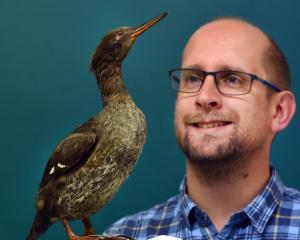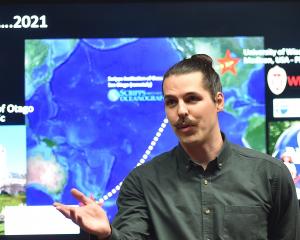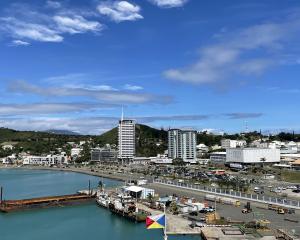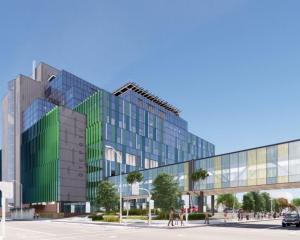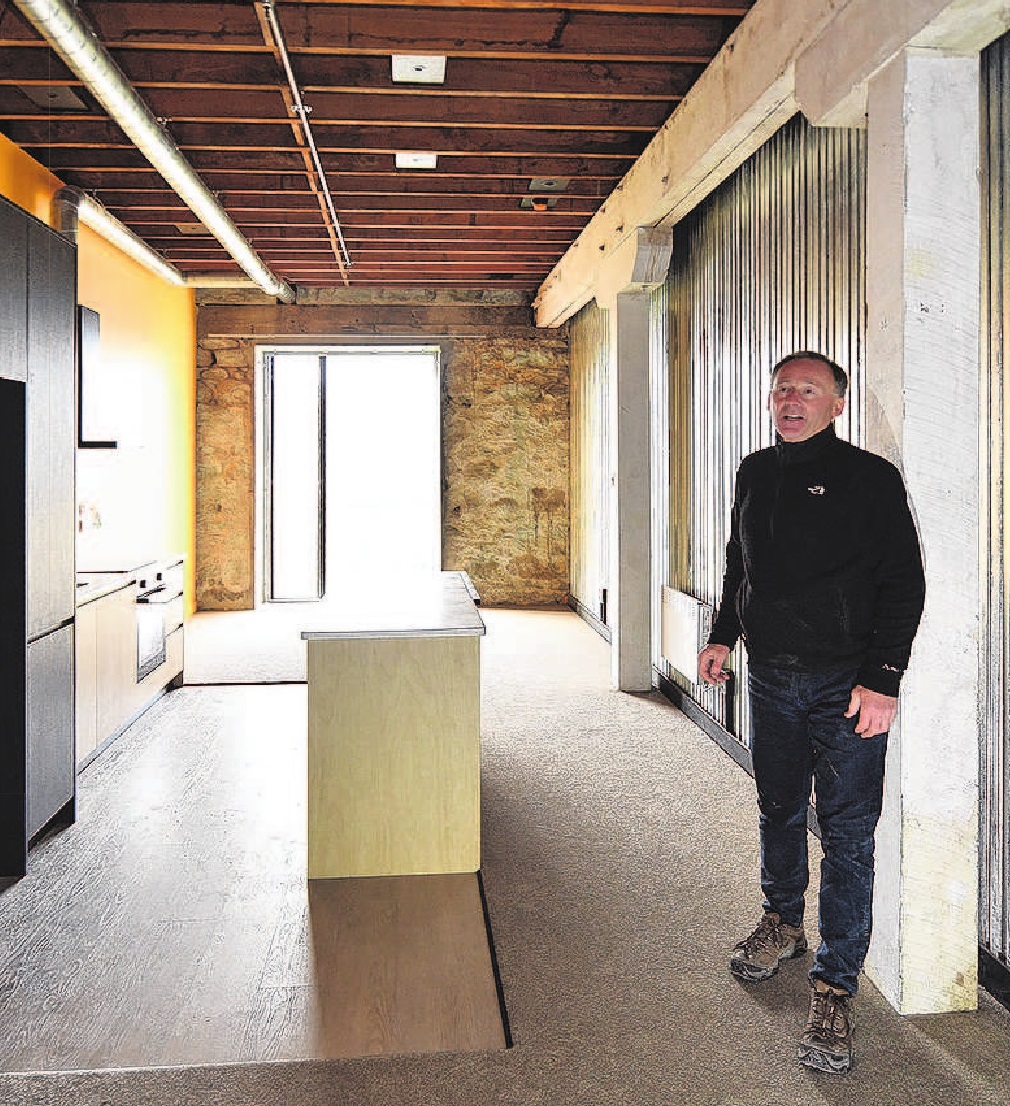
Property developer Russell Lund, owner of the Loan and Mercantile 1873 warehouse building behind the railway station, gave the Otago Daily Times a preview of the 30 social housing units he has put in the building.
"When tenants walk into this building they will think they are in a five-star hotel, have pride in where they live, and love it," said Mr Lund.
"They will appreciate someone has said they are important."
The upmarket units are a partnership between Mr Lund and the Salvation Army which is funded by the Ministry of Housing and Urban Development to select and support the tenants.
A worker from the charity will be on site during office hours and a community room in the building will also be used for socialising and learning opportunities, such as financial literacy classes.
There are 28 one-bed units, each about 50sqm, plus a two-bed unit and a three-bed unit. Rents will be paid by tenants from benefits or other income.
The units open their doors officially on June 5 at a launch tipped to be attended by housing minister Chris Bishop.
There is potential for an undeveloped part of the building to be used for more social housing in the future, although this is unconfirmed.
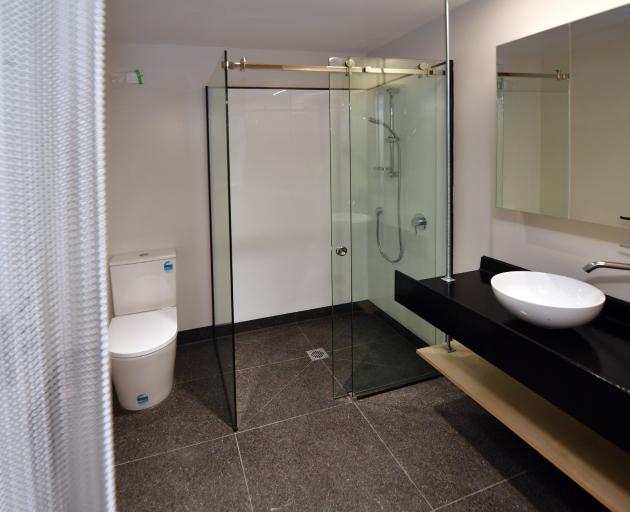
They could include people in the government’s transitional housing scheme and living in motels. Tenants could include people with vulnerabilities, such as addictions or mental illness.
Although there would likely be teething problems he hoped to create a "flourishing community" of older and younger people who benefited from living in a beautiful heritage building.
Mr Foster was not sure if any of the homeless people at the Oval would be housed in Mr Lund’s building. He acknowledged that demand for housing in Dunedin was "extremely high, so there won’t be a shortage of tenants, plus we have to ensure we get the right mix of tenants".
Mr Foster said experience taught him that some people might burst into tears when told they had a new home in the building for as long as they wanted.
The charity already provided social housing apartments elsewhere but Mr Lund’s development was "unique".
"The Salvation Army is committed to high standards but Russell’s are higher. He has intense pride about this building. Whatever we needed, we got and more".
There were "opportunities" for working further with Mr Lund, subject to the project’s success.
Mr Lund said the building’s restoration combined "raw industrial design and the counterpoint of high-grade carpets, lighting and art work".
On a higher floor, accessed through a different entrance, 13 high-class apartments have also been built by Mr Lund. Short-term hotel stays are being promoted under the brand Thomas Gregg Apartments.
The social units’ standards were the "complete opposite" of a typical state home. His social housing tenants would "have the satisfaction of living in a place where someone has sorted out the details and there is not just some painted gib board".
Even the unit door signs were made out of recycled copper, he said.
The development includes concrete wall panels with sheet metal surfaces. Paintings on the walls are by artist Suzanne Lund, Mr Lund’s wife.
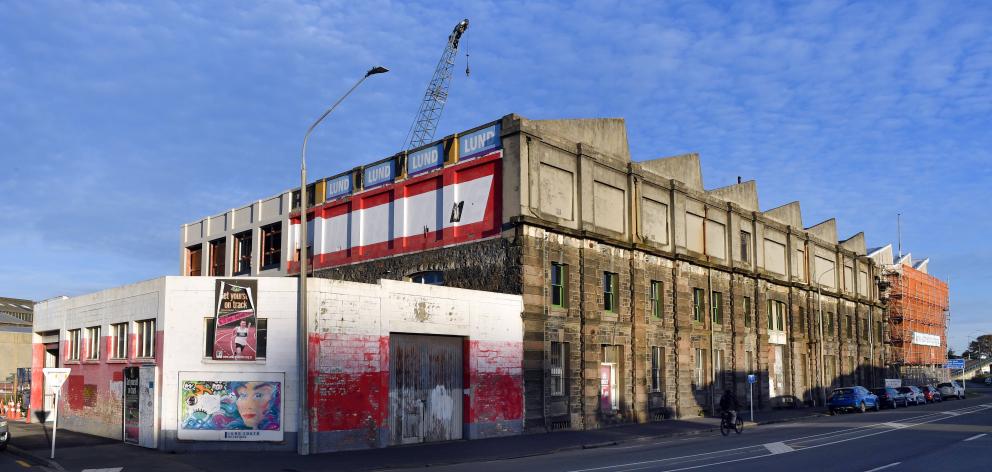
"We have achieved something no-one else has."
Mr Lund has worked on other restoration projects in the city including the Toitu Otago Settlers Museum and lamented an "accelerating" rate of demolition of Dunedin’s old buildings.
The economics of development were "not great" in the city, and it was "incredibly difficult" to develop social housing, he said. When asked why he undertook complex projects, he said: "I back myself".
"There is a lot of uncertainty in redeveloping old buildings and it can consume vast amounts of labour. I’m a builder first and am here every day. You have to be able to manage it like that and take the risk."
The project’s architect, Tasmanian firm Circa Architects’ Dik Jarman, said the project had brought a "dark space into the light for people who need it".
The repurposing of the building tackled social isolation. People were not being "put out in the sticks with no transport, making a difficult situation worse."

